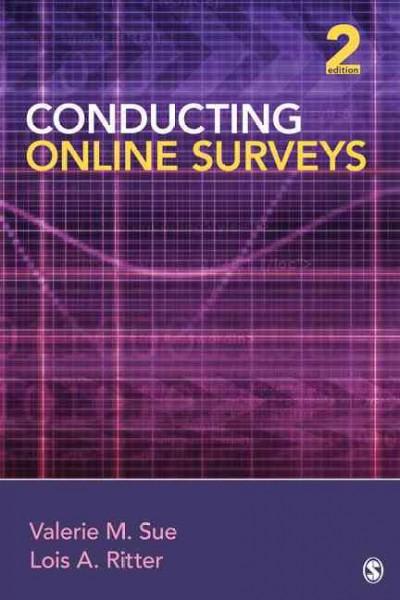Question
Questions: Link for Developmental Psychology: Incorporating Piaget's and Vygotsky's Theories in Classrooms: https://people.wm.edu/~mxtsch/Teaching/JCPE/Volume1/JCPE_2008-01-09.pdf 1. Review the below link on Piaget's theory. Thoroughly address the main
Questions:
Link for Developmental Psychology: Incorporating Piaget's and Vygotsky's Theories in Classrooms: https://people.wm.edu/~mxtsch/Teaching/JCPE/Volume1/JCPE_2008-01-09.pdf
1. Review the below link on Piaget's theory. Thoroughly address the main concepts of Piaget's theory with specific examples that he provided on the video, explaining how Piaget explains children's cognitive development/ what is his view on cognitive development? Please elaborate on important concepts of Piaget's theories with specific examples from the link.
Link: http://www.youtube.com/watch?v=I1JWr4G8YLM
2. Below link is on Primary Reflexes. Write two or three things you learn from the below.
Link: https://www.youtube.com/watch?v=_JVINnp7NZ0
3. Below link is on secondary circular reaction. Explain how the babies between 4-8 months learn the world/objects around them, explaining what secondary circular reaction means. Please (1) elaborate onwhat secondary circular reaction is and (2) providespecific examples from the link to explain SCR.
Link: http://www.youtube.com/watch?v=q6BMiscDVGA
4. Below two links are on Object Permanence: (1) 7 months baby and (2) 12 months baby.
Inofrmation Given: "According to Piaget, Object Permanence is the ability of an infant to understand that an object still exists even after it is removed from view. It tended to occur around the age of 8-12 months. Infants develop the understanding of Object Permanence related to the ability to form a mental representation of the object. Infants who possess Object Permanence will search for an object when it is presented and then is removed from sight, believing that object continues to exist even if they cannot see it. They have the mental image of the object in their mind and understand that the hidden object still exists somewhere regardless of visibility. Infants without developing Object Permanence will not attempt to search for the object when it is hidden because of inability of mental representation of the object, behaving as the object had ceased to exist."
First, watch two infants' performances on below links and describe the concept of object permanence. Then describe two infants' reactions to an object after it is removed from sight and explain why the two infants differ in understanding of an object.
Link 1: https://www.youtube.com/watch?v=rVqJacvywAQ
Link 2: http://www.youtube.com/watch?v=lKZ9IPRKkkU
5. Below link is on the concept of egocentrism, which is one of important characteristics of Piaget's Preoperational Stage children (approximately the ages of 2-7 years). There are two children in below link: (1) one in Preoperational Stage children (2 to 7 years) and (2) Concrete Operational stage children (approximately the ages of 7-11 years). After reviewing the link, explain what egocentrism is and describe how two children's responses are different from each other and explain how developing egocentrism influences their view and understanding of objects around them.
Link: https://www.youtube.com/watch?v=RDJ0qJTLohM
6. Below links include two children's performances: Preoperation stage child and concrete operation. Please describe (1) how two children's responses are different from each other (2) How does the young child's responses reflect the limitations of preoperational thinking? (3) How did your observations help you understand Piaget's theory of cognitive development?
Link 1: https://www.youtube.com/watch?v=gnArvcWaH6I
Link 2: http://www.youtube.com/watch?v=gA04ew6Oi9M
Step by Step Solution
There are 3 Steps involved in it
Step: 1

Get Instant Access to Expert-Tailored Solutions
See step-by-step solutions with expert insights and AI powered tools for academic success
Step: 2

Step: 3

Ace Your Homework with AI
Get the answers you need in no time with our AI-driven, step-by-step assistance
Get Started


